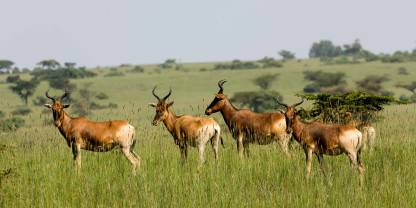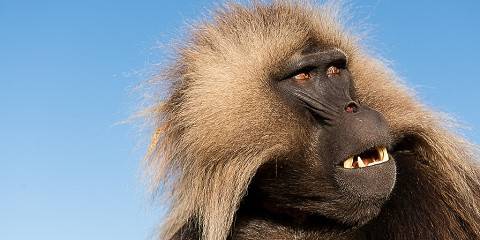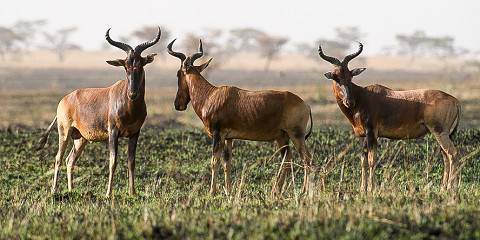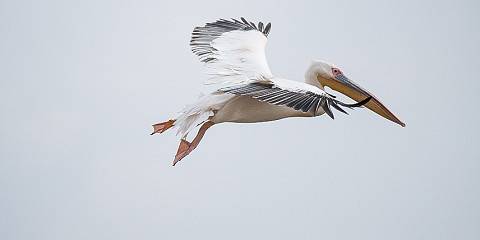As the name suggests, Senkele Swayne’s Hartebeest Sanctuary was established to protect the , Swayne’s hartebeest. The open grassland makes sightings almost guaranteed. A standard visit takes two to three hours; you pick up a local guide to take you around the limited road circuit, but you can leave your vehicle at any time.

-
Best Time To Go
- October to March (Little rainfall)
-
High Season
- October to January (It is never busy)
-
Size
- 58km² / 22mi²
-
Altitude
-
1,937-2,136m /6,355-7,106ft
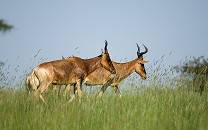 View Photos
View Photos
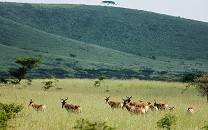 View Photos
+16
Photos
View Photos
+16
Photos
Pros & Cons
- Stronghold for the endemic Swayne’s hartebeest
- Easy day trip from Shashamene
- Small driving circuit
- Little variety of wildlife
- No accommodation or facilities
Wildlife
There are more than 500 Swayne’s hartebeest in the small sanctuary, and you’ll be able to see several herds during your visit. Also common is the oribi, which is usually seen in pairs. Warthog, defassa waterbuck and bushbuck are all present as well, and you might see a golden jackal trotting across the .
Scenery
The sanctuary consists mainly of open with patches of . Take a short drive up Borena Hill for views over the surrounding plains and you might see Lake Awassa shimmering in the distance on a very clear day.
Weather & Climate
The weather and climate of Senkele Swayne’s Hartebeest Sanctuary is comparable to that of Ethiopia in general. More info:
Best Time To Visit Senkele
Senkele Swayne's Hartebeest Sanctuary can be visited at any time. The wildlife is quite confined and sightings of Swayne’s hartebeest are likely. The best time to visit the general area is in the Dry season months from October to March. July to September are the wettest months and at this time rain can interfere with activities.
How To Get to Senkele
Senkele Swayne’s Hartebeest Sanctuary is usually visited from Shashamene town. It’s about 45km/28mi away and the drive takes about 1½ hours. Shashamene lies 250km/155mi from Addis Ababa and can be reached on a good tar road. The drive takes about 5 hours*.
*Driving times are only a rough indication. You should always consider the possibility of significant delays.
Health & Safety
Please read our vaccinations and malaria page for Ethiopia, and our general wildlife viewing safety precautions page for more info:

